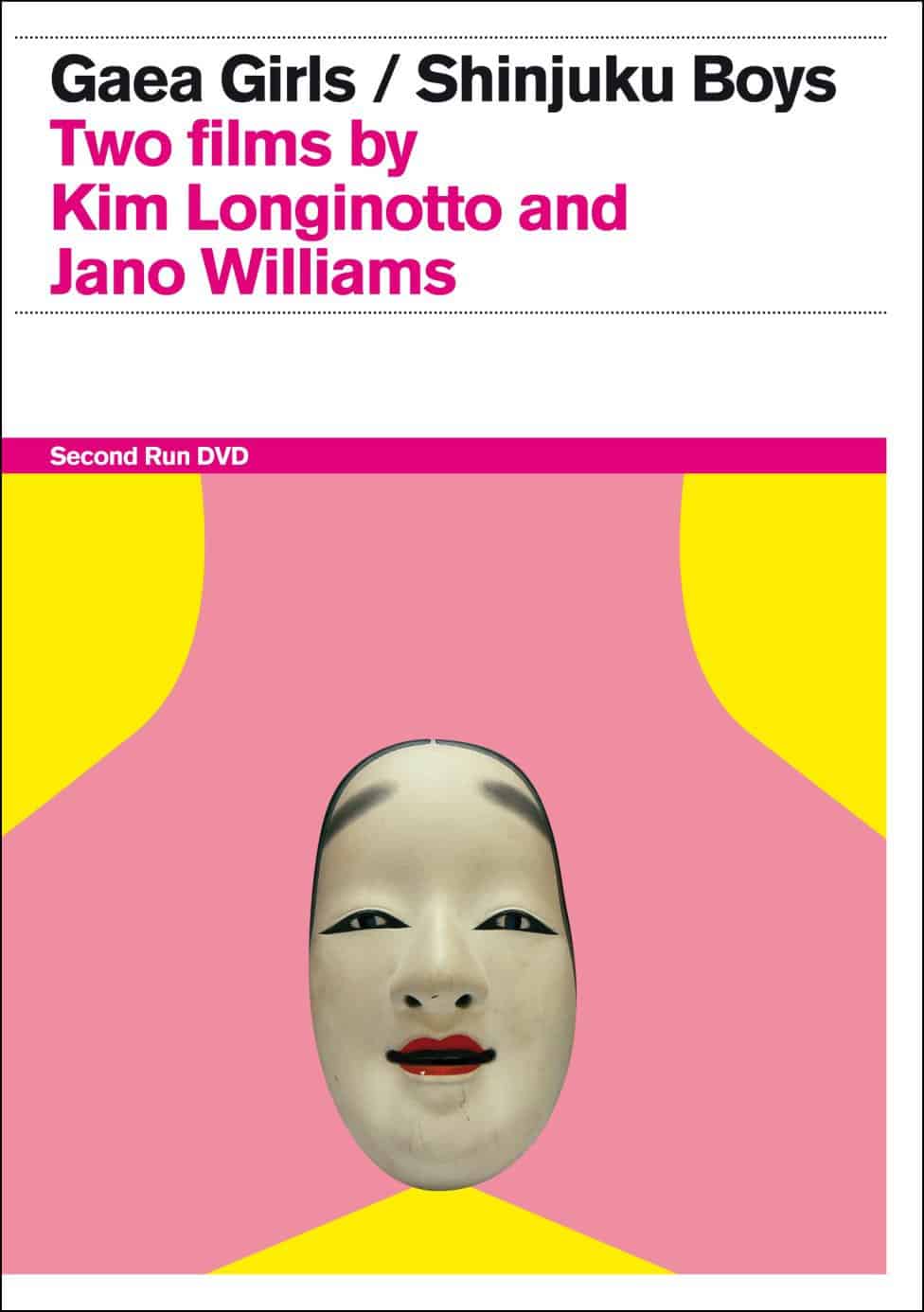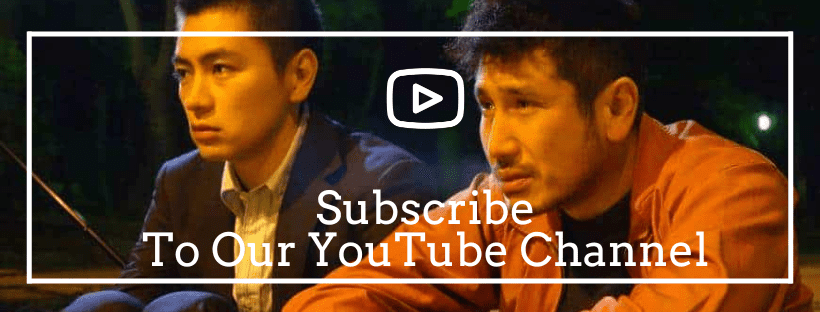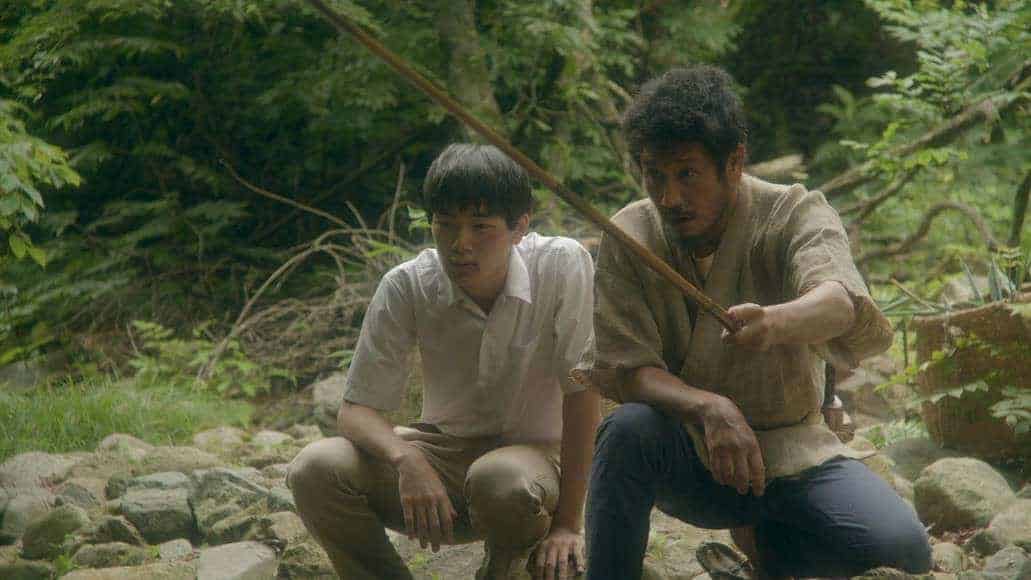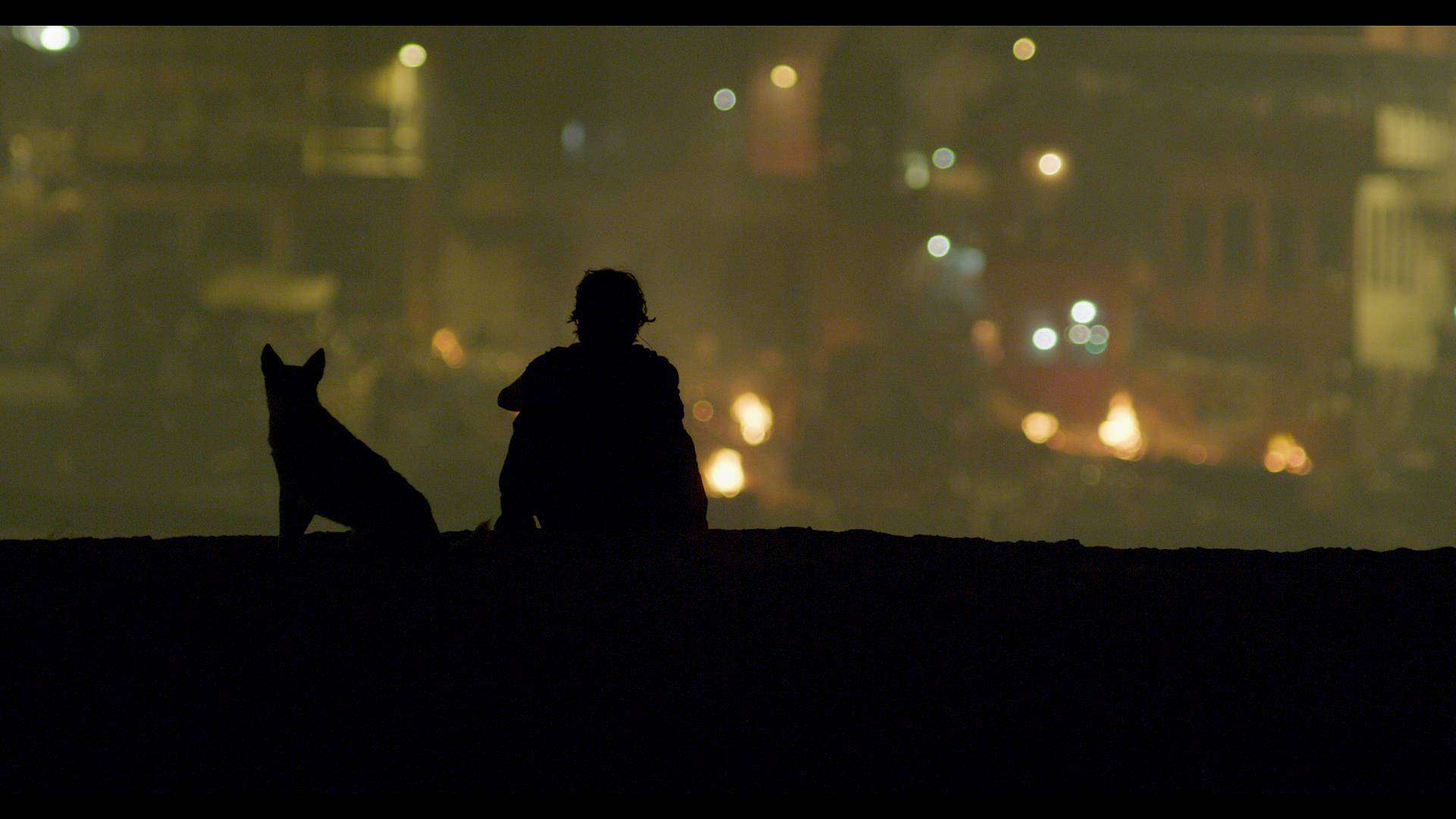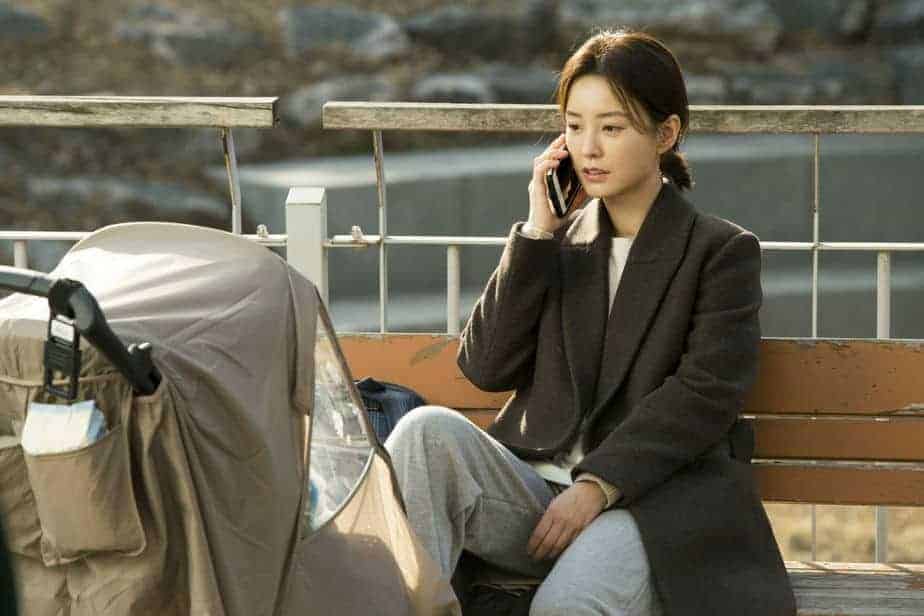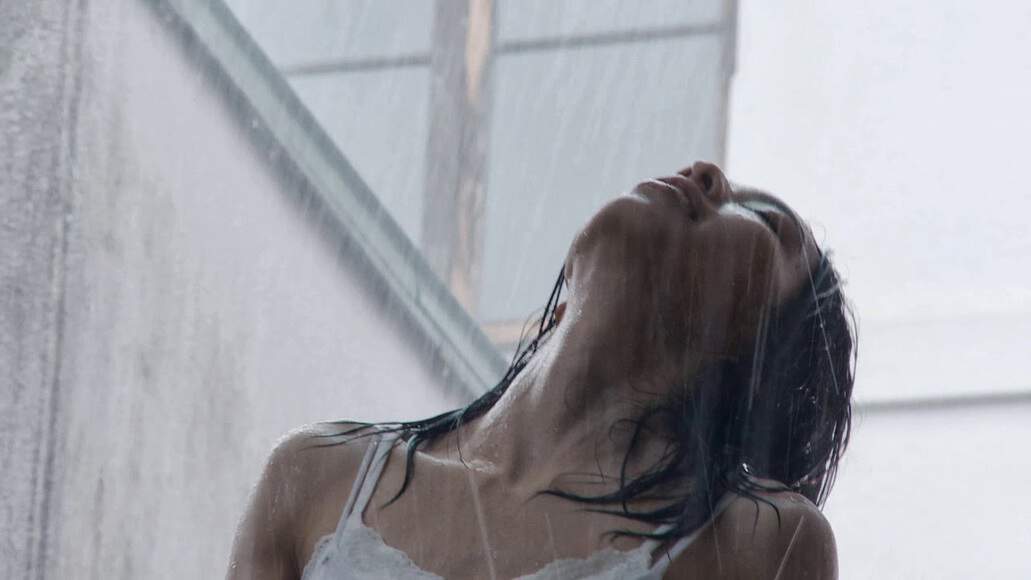The world of professional wrestling has become a space where performance art and physical prowess intertwine in ridiculous fashion. Its pageantry is colourful and bombastic, but its status as a legitimate competitive sport is nebulous. It has become very easy to point the finger of suspicion at the American side of the sport, because there's a reason why Dwayne Johnson and John Cena have made it as actors: they've always been good at playing characters. Kim Longinotto and Jano Williams' sobering documentary from 2000, “Gaea Girls”, is the flipside of this argument; in looking at one of the WWE's Eastern counterparts (GAEA Japan), they draw a bloody, truthful portrait of what it means to reach for greatness, its subjects all real human beings who bleed and suffer both in and out of the ring.
Longinotto is a filmmaker who has carved a reputation as a documentarian of the world. Her work has taken her to the divorce courts of Iran (“Divorce Iranian Style”), the dangerous streets of Palermo, Sicily (“Shooting the Mafia”), and into the harrowing stories of women in Kenya who have endured the unimaginable (“The Day I Will Never Forget”). All are major documentaries about stranger-than-fiction stories, yet her most recognisable work lies in her collaborations with Jano Williams, which examines the spaces where codes of masculinity and femininity meet and complicate one another in modern Japan. Their most famous work, “Shinjuku Boys”, is a lively and empathetic snapshot of three transgender male escorts in Tokyo, dealing with their relationships to cisgender women in a society that still struggles to accept changes to the cultural and sexual norm. “Gaea Girls” acts as its binary opposite, where the eponymous school for female wrestlers is seen as a legitimate path away from feminine stereotypes in an otherwise conservative culture. Parents bring their teenage daughters to the training camp with hope in their hearts and tears in their eyes, proud of them for choosing a prestigious career, but afraid of the physical and mental trials they will face along the way.
The film focuses on three women fresh to the camp; Takeuchi (a small woman with a huge drive to enter the ring), Wakabayashi (a former member-in-training who unceremoniously quit a year before) and Sato (the youngest member of the group, a portrait of blue-eyed, pig-tailed innocence). All three face the strict tutelage of industry-renowned wrestlers Nagayo Chigusa and Satomura Meiko, whose reputation in the ring precedes them even today. If Satomura is like a mean big sister to the trio, Nagayo is their overbearing single parent, a brutal drill sergeant with an intimidating physical presence who regards all the girls as her own daughters. She emulates her own upbringing under a military father, so ‘tough love' may be a very kind way of describing her teaching method. Early on, she welcomes Wakabayashi back to the camp with a smile and a threat: “If you let us down again, I'll kill you.” It's a chilling moment, and one that appropriately sets the tone for the relentless training regime of extreme emotional battery, ritual humiliation and bruising violence each new recruit has to endure.
That endurance is what Longinotto is primarily interested in. As one of the world's finest observational documentarians, her gaze unflinchingly focuses on sparring at the camp and high-stakes wrestling in front of a paying audience. Longinotto's ringside photography is a close-up spectator to the carnage, taking the perspective of its competitors' peers who are unable to interfere. The closest she comes to creating an artificial reality is with her snappy, kinetic editing style; she cuts around the moves that each woman specialises in, often match-cutting the same move in a later round, each fighter significantly more bloodied and bruised than in the previous shot. Otherwise, this is blow-by-blow cinema, determined to make you feel every savage dropkick, every rocket-powered facebreaker, every ounce of pain inflicted on the vulnerable weak from the tyrannical strong.
All of this repeated trauma culminates in a morally-grey finale, where only one new recruit remains and faces their live debut in front of the world. In the film's eerily optimistic opening minutes, Takeuchi outlines her real motivation for jumping in the ring: “When you see wrestlers in the ring, they are so alive: they shine”. Whether the last woman standing is shining or not, she's certainly closer to death than she was before the year-long ordeal of the Gaea Training Camp. 23 years on from the premiere of “Gaea Girls”, it's fascinating to read about where its subjects are now; some are still riding high, others are not. Either way, the cost of greatness is illustrated in graphic detail in this incredible cultural document. Longinotto's cinema has remained brutally honest over the years, but this is perhaps her most exciting work: a diamond-hard depiction of blood, sweat and tears that beggars belief, but shows the complex and indomitable strength of the human mind when it knows what it wants.



